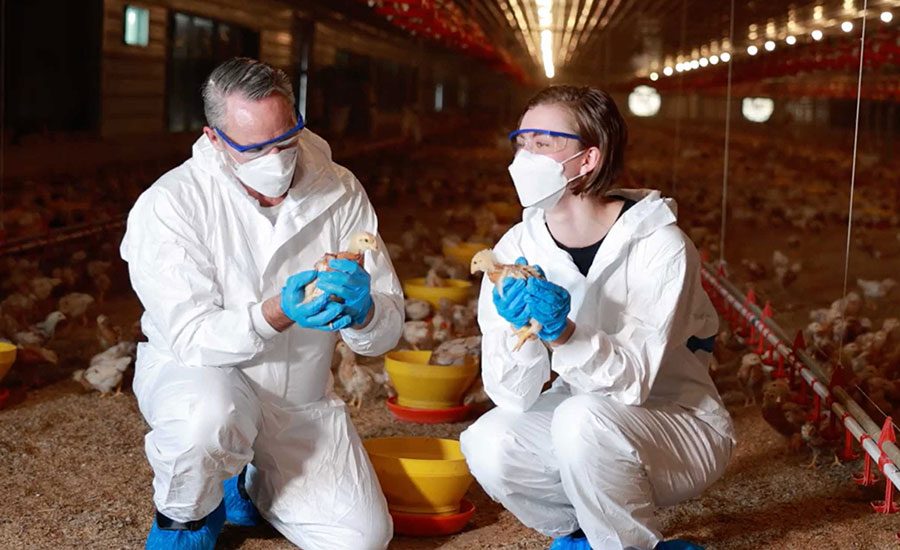A new Vital Signs report released by the U.S. Centers for Disease Control and Prevention (CDC) today reveals that although multistate outbreaks cause more than 50 percent of foodborne disease outbreaks, they only account for 3 percent of reported outbreaks in the U.S.
The Vital Signs report is a culmination of data from the CDC’s Foodborne Disease Outbreak Surveillance System between 2010 and 2014. CDC scientists compared the number of illnesses, hospitalizations and deaths from outbreaks in two or more states with those from outbreaks that occurred in a single state. They found that the 120 multistate outbreaks during the 5 year study period were responsible for 11 percent of all foodborne outbreak illnesses, 34 percent of hospitalizations and 56 percent of deaths. An average of 24 multistate outbreaks occurred each year, involving two to 37 states.
So, what causes these multistate outbreaks?
- Salmonella, Escherichia coli and Listeria cause over 90 percent of all multistate outbreaks--commonly found in beef, chicken, fresh fruits and vegetables.
- Salmonella caused the most illnesses and hospitalizations, prompting three of the largest outbreaks linked to eggs, chicken and raw ground tuna.
- Listeria caused the most deaths, primarily stemming from contaminated cantaloupe in 2011 that killed 33 people.
- Food imported from Mexico was the leading source of imported food outbreaks, followed by food imported from Turkey.
The CDC is doing what they can to prevent such outbreaks from occurring. “Americans should not have to worry about getting sick from the food they eat,” says CDC director Tom Frieden. “Top-notch epidemiology and new gene sequencing tools are helping us quickly track down the source of foodborne outbreaks – and together with our national partners we are working with the food industry to prevent them from happening in the first place.”
The Vital Signs report recommends that local, state, and national health agencies work closely with food industries to understand how their foods are produced and distributed to speed multistate outbreak investigations. These investigations can reveal fixable problems that resulted in food becoming contaminated and lessons learned that can help strengthen food safety.
The report highlights the need for food industries to play a larger role in improving food safety by following best practices for growing, processing, and shipping foods. In addition, food industries can help stop outbreaks and lessen their impact by keeping detailed records to allow faster tracing of foods from source to destination, by using store loyalty cards to help identify which foods made people sick, and by notifying customers of food recalls.
Sign up for Food Safety Magazine’s bi-weekly emails!






